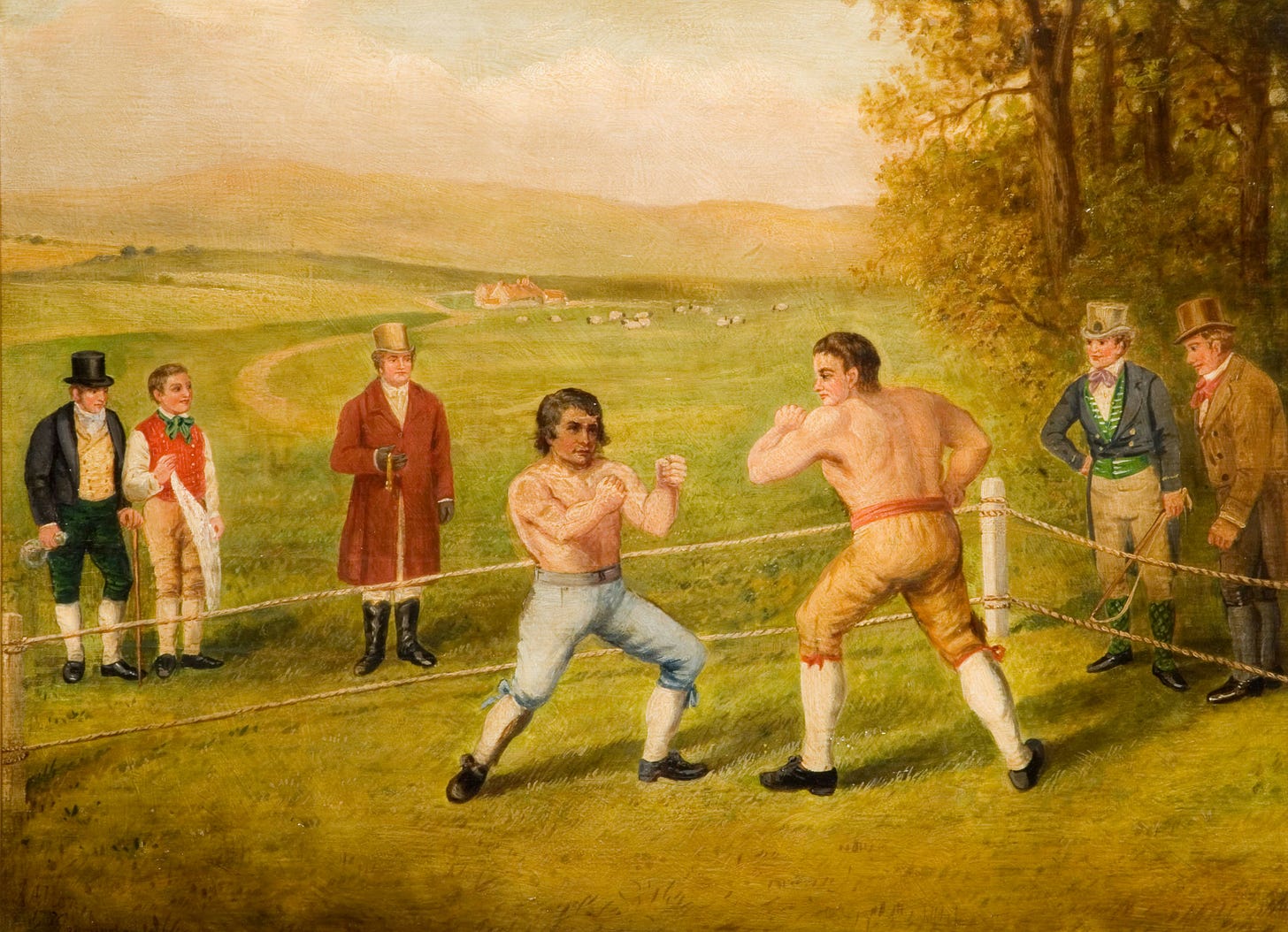Visiting a new gym is an intimidating experience. People may use unpracticed YouTube moves that’ll blow out your knee, like the kani basami. You may break a gym’s unspoken rules, leading others to roll either negligently or maliciously with you in retaliation. Others may want to verify your belt by rolling super hard with you. To top it off, people won’t trust you off the bat. After all, psychopaths who gym-hop to beat up white belts and women do exist.
How then should you visit a new dojo in a way that maximizes trust and keeps you safe? I’ve now visited 18 different gyms across 7 different cities in 5 different countries across the Americas. Here’s what I found maximize trust.
First, make contact with the gym over social media or via their website. Share how long you’ve been training, how long you’ll be in town, what you’d like from them. Ask if you can drop in for a class or open mat. Sometimes, a gym will only let you train if you have a white gi, like Gracie Humaita in Rio de Janeiro. Reaching out lets you come prepared, rather than leave rejected. Sometimes an academy won’t respond to your message because they’re not active on social media. In this case, I’ve never been rejected for arriving to a scheduled class early. But try to reach out first.
Second, arrive at the school class 15-20 minutes early, not right when class starts or after it starts. This is so that you can sign any waivers that they require, pay for any drop-in fees, and get to know your coach and fellow students, just as they’ll get to know you.
Third, show up clean. Make sure your clothes are both freshly laundered and smell good. Trim your nails and toenails so you don’t scratch others. Don’t go with skin infections. Wear bland clothing - now’s not the time for rash guards that people may find offensive, inappropriate, or intimidating.

Lastly, do not understate your martial arts experience. Nothing erodes trust faster than sandbagging.
First impressions make a big difference, so these four tips get you 80% of the results. But after this, it becomes about attitude. There are three different attitudes one can take on.
The first is to present yourself as fundamentally harmless. You roll lightly with everyone, you don’t use your weight, you barely go for submissions, and you make your takedown attempts obvious and slow. I’ve found this to be problematic.
Your training partners won’t get better from rolling with you. You won’t get better either, because you’re not practicing your technique fully. Your potential future coach won’t see your abilities and weaknesses. Nobody will respect or even like you because they’ll think you either lack ability or are hiding it. If or when you do use your skill, it will feel unprovoked. Worst of all, if you present yourself as fundamentally harmless, then many will roll with you roughly or negligently or sadistically (by using an unpracticed kani basami, for eg). This is not how you want to find out that a gym is the wrong place to go.
The second way to behave is to “see red” and act with rage. Chokeslam your opponent to the ground. Crank your submissions. Treat every roll like a competition. Take taps as proof of your jiu jitsu’s inherent superiority.
This approach has flaws too. You’ll likely hurt yourself and others. Nobody will want to roll with you. If you’re ripping submissions, you may as well write “DANGER” on your forehead before rolling. Plus, the possibility of “we both learned” goes out the window if it feels like a competition, and who wants to lose a competition? You may call upon the wrath of the mat enforcer. Last but not least, people will think that you rely on strength because your jiu jitsu is shit. This too is not how you want to roll when you go to a new gym.
Note that aggression itself isn’t bad or wrong or evil. You need it. And others need to see it in you. It helps you win, helps you grow and learn, keeps bullies away, and pushes you forward in life. Furthermore, when you don’t feign weakness and use aggression, you give permission to others to use aggression, and that tends to lead to a more fun roll.
Aggression just has a particular time and place, usually either once trust has been established or after a consensual and gradual escalation of aggression. I’ll give you an example. I was rolling lightly with a purple belt in a Peruvian gym. He turned up the heat right as he was going for a kimura while sitting on my head. So I turned up the heat too. I escaped, took his back, then transitioned to an armbar. He tried to defend with a grip, but I ripped it apart, isolating his arm. I stopped ripping it to finish the submission - applying slow pressure. This communicated that I can go hard too, but that I’m not so hungry for a submission that I would hurt him in the process to achieve it. He ended up saying that the bout was super fun, and I had to agree. It was indeed fun. Here was a roll that wasn’t “I see red.” But it wasn’t fundamentally harmless either.
This is the third way. In three words, it’s humble (ie. being open to learn), firm (go for the submission), and fun. A big part of this is having the right attitude before your rolls. Go to class instead of sitting on the side and waiting until rolls to join in (very foolish - read the caption of the insta post below for a story about this from Danaher).
Pay attention in class. Ask questions. Don’t get distracted. Don’t distract others. If you come to learn, others will see so and trust you for it. It also lets you roll harder with people without them fearing you or you fearing them because they know that you’re trying to explore, not make them lose. If your attitude is “I’m harmless” then you won’t learn much. If your attitude is “roll with me at your peril” then others will avoid you or hurt you. If your attitude is “I’ll do my best to try and submit you, but will also pay attention to how you react so I learn from you”, then you’ll get the best results.
Try and get your teacher to share his secrets, tips, tricks, and tools. Same goes for higher belts - push them until they reveal cool sequences and rare techniques. Ask them how they accomplished a technique. With lower belts, share advice (when called for) and helpful resistance. Be someone they can learn from. And with everyone, don’t resist tapping (it’s not a competition).
It may be relevant that I’m a 175 lb (80 kg) blue belt who’s trained for almost 3 years. The last tip of adopting an attitude of wanting to learn rather than adopting an attitude of harmlessness or rage may differ based on how big you are. But the basics of reaching out to the gym before class, arriving early, showing up clean, smelling good, and being honest are absolutely applicable, no matter what your weight is. At the end of the day, jiu jitsu is a martial art. You should be learning to fight, not fighting to learn, nor learning to cuddle. When your teacher and fellow students see that you’re here to learn, they will trust you. And if that doesn’t work, you’ll know to find another gym. Best of luck!




